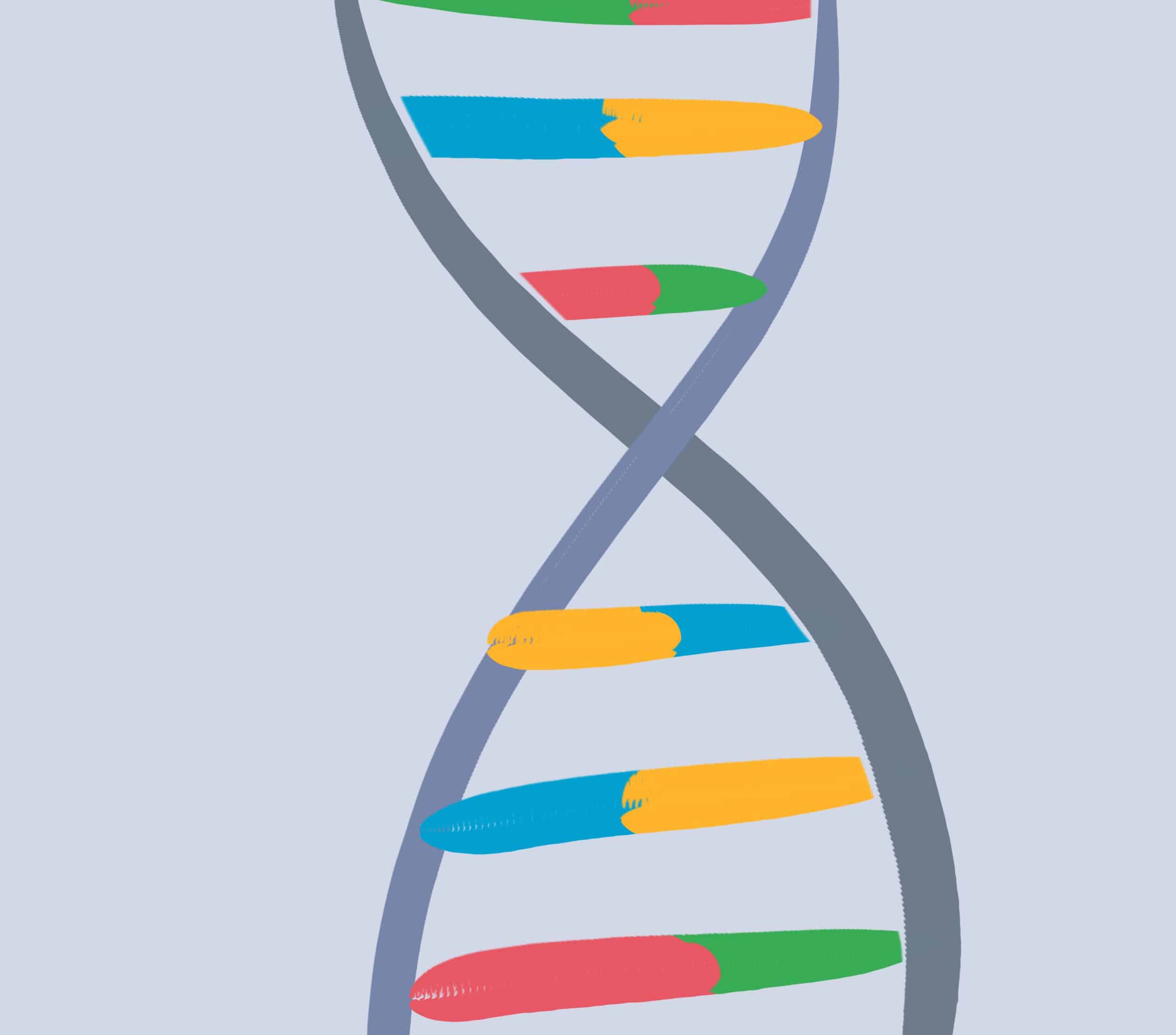Professor Ben Blencowe and his team at U of T have uncovered a network of around 200 genes that are linked to autism. Blencowe and his team published these findings in a study in Molecular Cell.
Autism spectrum disorder (ASD) comprises a range of conditions that affect social interaction, behaviour, and communication skills.
Because autism is not a single disorder but a spectrum of related conditions, there is no one discernible cause for it. Instead, a combination of biological, environmental, and genetic factors can be attributed to ASD.
There is also evidence of a strong genetic component in individuals with autism. Previous studies have found that in a family with one autistic child, the chance of having another autistic child is higher than the general population. Identical twins are also more likely to both develop autism than fraternal twins.
Most gene variations affect neural development and produce ASD symptoms through interactions with other genetic and environmental factors.
To determine a genetic link to autism, Blencowe and his team used a CRISPR-based method — a powerful gene editing tool — to identify neuronal microexons that are commonly misregulated in individuals with autism.
Microexons are small protein-coding regions in a gene locus, and are often involved in alternative splicing. Alternative splicing codes for different proteins in the same gene through different combinations of exons — protein-coding sequences — and removing different introns — non-coding sequences — from the messenger RNA (mRNA) transcript.
The altered versions of the mRNA transcript are then translated into several different types of proteins.
According to lead researcher Dr. Thomas Gonatopoulos-Pournatzis, the study was based on the team’s previous research which showed “that a network of neuron-specific microexons is frequently disrupted in the brains of autistic individuals.”
In other words, disruptions in alternative splicing affect how proteins communicate with one another, and could explain the molecular basis of autism.
The researchers isolated SRRM4, a protein that regulates splicing in neural cells, and found that mice with lowered SRRM4 expression displayed ASD-like traits.
The study reports that SRRM4 disruption in the brain has been found in one third of individuals with autism and has been identified as a convergent mechanism for the disorder.
“A critical challenge emerging from these findings is to identify the full repertoire of factors and pathways that converge on SRRM4 to control microexon splicing,” wrote Gonatopoulos-Pournatzis in an email to The Varsity.
In particular, SRRM4 is critical during embryonic development. It helps differentiate neural cells and promotes the development and proper functioning of a working adult nervous system.
In this study, the CRISPR-based screening identified and targeted specific DNA regions using a genome-wide approach.
“[It] systematically [inactivated] all protein-coding genes,” and tagged and isolated cells with altered microexon splicing levels. Then, high throughput sequencing identified “genes responsible for controlling micro-exon splicing,” wrote Gonatopoulos-Pournatzis.
“The screen performance exceeded our expectations and we captured over ~200 regulators that affect microexon splicing by direct or indirect mechanisms. Interestingly, these genes are enriched for genetic links to autism,” he added.
Uncovering “a core set of factors that are critical for microexon splicing” has implications beyond autism. Such factors could help inform researchers developing treatments for neurodevelopment disorders, including through the potential restoration of microexon splicing in misregulated cells.
In the future, the researchers hope to determine the association of microexon misregulation to specific behaviours characteristic to autism, and the roles of individual microexons.


